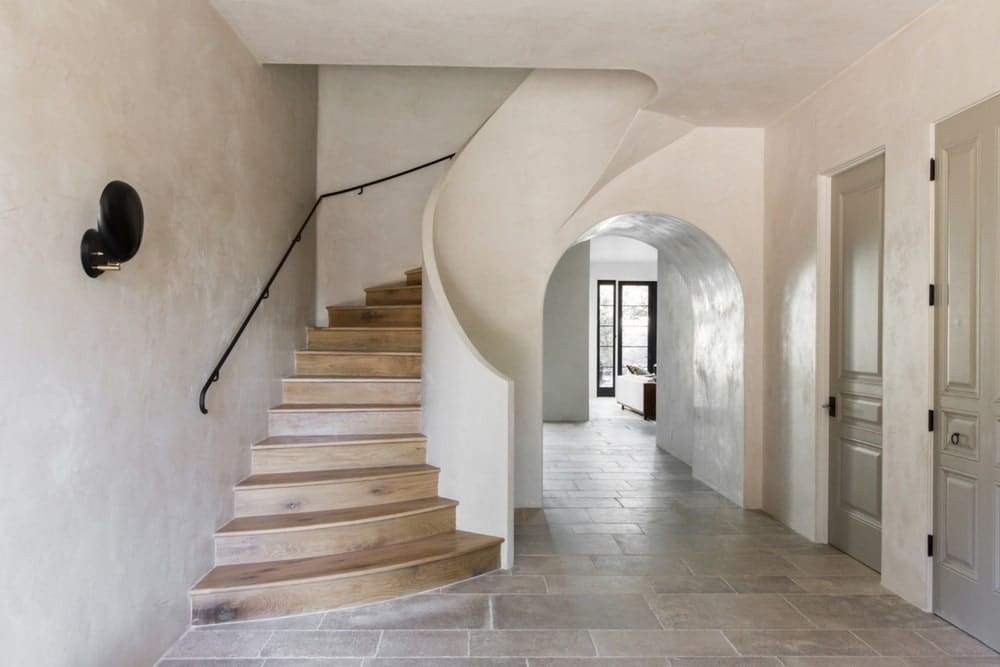Polished plaster creates an accent wall, ceiling or floor surface that gives the appearance of depth and texture to simulate a stone product. It is designed through three or more layers of hand-polished lime-based cement material to produce the desired amount of shine. Plaster techniques vary widely and include stained, metallic, and pearl finishes. If you are an interior decorator, or a builder, or simply want to buy polished plaster products to give your interior an aesthetic enhancement, kindly visit our website if you want to buy polished plaster products and raw materials at affordable prices.
Why polished plaster is on the rise?
Decorative plaster was first found in the Mesopotamia region in 9000 BC. It was later discovered in Egyptian tombs as part of ancient funerary art. Polished plaster became quite common in Europe during the Middle Ages, when animal hair, beer, eggs, and malt were added to mortar to improve its strength.
One of the oldest building materials is Venetian plaster, which is known for its application on the walls for decorative purposes. Polished plaster is also known as Italian plaster and Venetian plaster, and represents a classic interior and exterior finish used in buildings in these regions for hundreds of years. However, modern polished plaster is manufactured with additives, thickener agents and resins, so that the work goes smooth and well, without any headaches. It is very easy these days to use modern polished plaster.
Different kinds of gypsum
Tadelakt is a typical Moroccan type of plaster in steam bath houses that gained popularity in other countries. It produces a durable finish with a slight water and crack resistant sheen. Tadelakt gypsum additives improve its adhesive capacity and facilitate its application with a trowel.
Faux marble polished plaster is commonly featured in bathrooms, columns, and decorative projects. Another technique gives the appearance of travertine because it increases the appearance of the texture in the cement. When using polished plaster techniques, a craftsman can vary the amount of shine to create highlights and shadows that provide depth. The pearlescent plaster comes from the seashell grain added to the cement product. It creates a silver hue, with bits of black and brown found naturally in many shells. Due to the added minerals to the primary cement material, the metallic polished plaster looks shiny.
Why Stucco polished plaster?
From the list of the polished plasters, Stucco represents the best finishes value and usability for inside and outside decor. It is a common building material in its rough state that is used to coat the exterior in some regions. Stucco becomes very hard when dry and is useful for covering uneven surfaces such as bricks, cinder blocks, or concrete.
Giorgio Graesan is an Italian brand that sells stucco polished plaster wall finishes and has gained popularity worldwide due to its application, ease of use, shine and smooth texture approved for applications. You can add resin pigments to the polished plaster to bring the tinted décor you want. Visit our website if you want to know more details on polished plaster and products.

